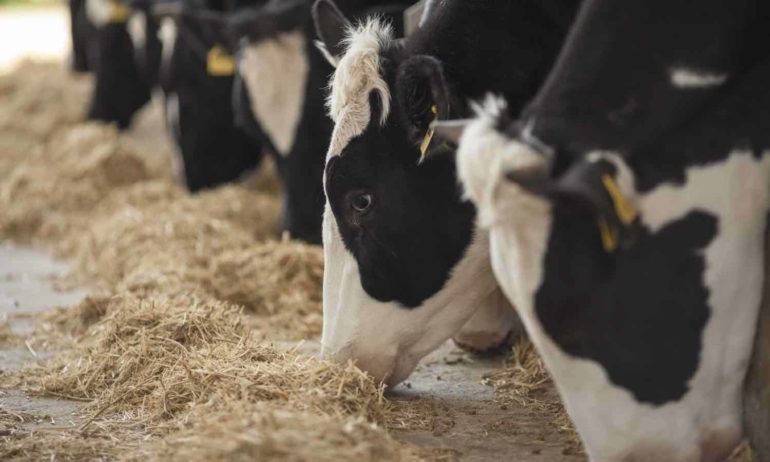Our livestock is increasingly being raised indoors and fed on concentrate feed that is often imported. Intensive production of chickens, pigs and dairy cows is based on a few breeds worldwide. These developments are risky, as we and future generations are losing the potential to adapt livestock production systems to increasingly harsh conditions such as those associated with higher temperatures and shortages of nutritious feeds.
Although humankind has domesticated nearly 40 mammalian and avian species and developed 9,000 breeds over the last 10,000 years, most of these breeds exist only in small populations and in certain areas of the world. Some possess very special adaptations. The Yakutian cattle – an amazing breed from the Russian Federation – for example, can endure temperatures as low as -60 degrees Celcius. They exist in very low numbers today because the traditional livestock production systems that used them have declined and the breed has difficulty competing with high-producing cattle used in many modern farming operations — even though the latter require much better feed and care than the Yakutian.
Currently 17 percent of the breeds are at risk of extinction. In addition, nearly 60 percent are of unknown risk status because of a lack of data on the size and structure of their populations.
In the face of climate change and other challenges to food security, it is critical we maintain the resilient characteristics of breeds like the Yakutian and so many others that are well adapted to rough terrains, harsh environments and limited feed and water.
A new global assessment by FAO revealed that many governments have taken steps to improve the management of their animal genetic resources. While in 2005 fewer than 10 countries reported that they had established livestock gene banks, now 64 countries report that they have done so. A further 41 countries indicate that they are planning to establish such facilities. This is a major step forward, but establishing gene banks is not enough.
Countries need to better understand the characteristics of their animal genetic resources, strengthen policies, institutions and management programmes and improve education and training – particularly to enable the establishment of breeding programmes that strengthen locally adapted breeds. This will decrease the dependence of Southern countries on genetic material from Northern countries, improve household food security and be more environmentally sustainable.
Diverse genetic resources enable farmers and pastoralists – large and small-scale, in developed and in developing countries – to supply a range of products and services, from food and fibre to fertilizer. And many breeds have valuable characteristics that help maintain landscapes and wildlife habitats.
Livestock keepers are the guardians of genetic resources and help steward them on behalf of us all. They must therefore be central to efforts to promote the sustainable use and development of these resources.
Countries have agreed to a Global Plan of Action for Animal Genetic Resources and thus ensure that future generations can utilize the wealth of livestock diversity and make use of the harsher environments of the world that cannot be utilized for crop production.
FAO is committed to assisting governments and civil society to implement this important plan.
Genetic diversity is crucial to the food security of our planet. We need concerted action now to maintain these critical resources for the food security of future generations.
Only if we can ensure our food systems are sustainable and able to adapt to new challenges will we rise to the Zero Hunger Challenge of creating a world free from hunger.











